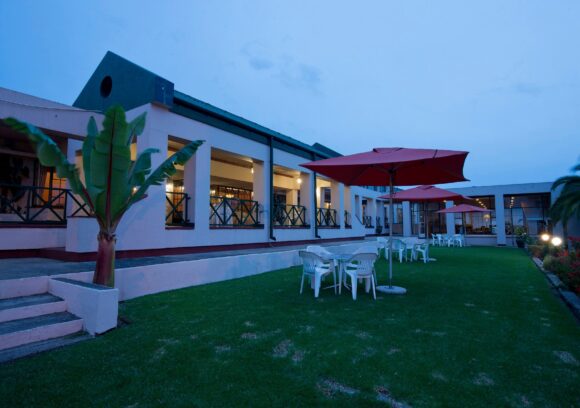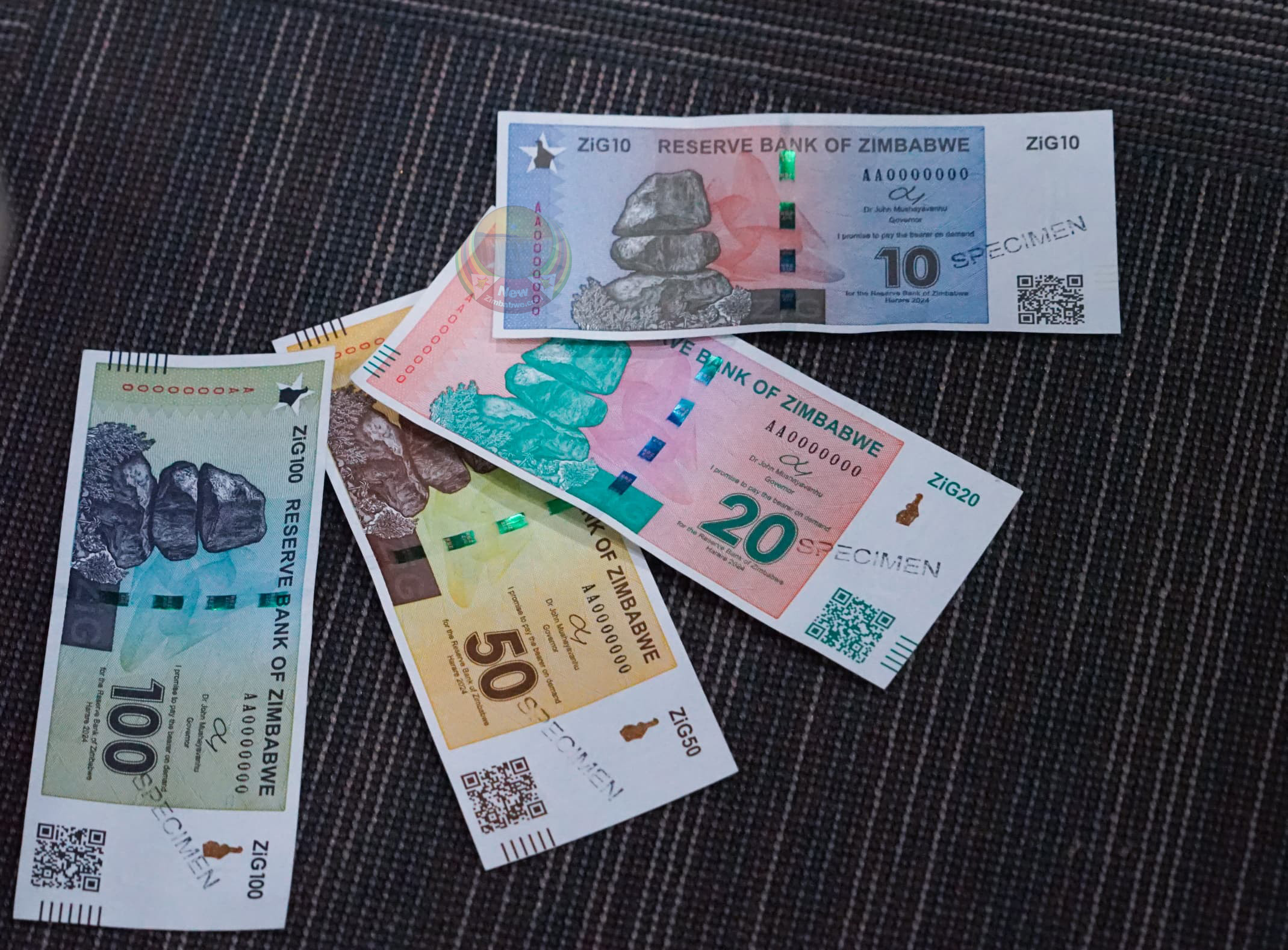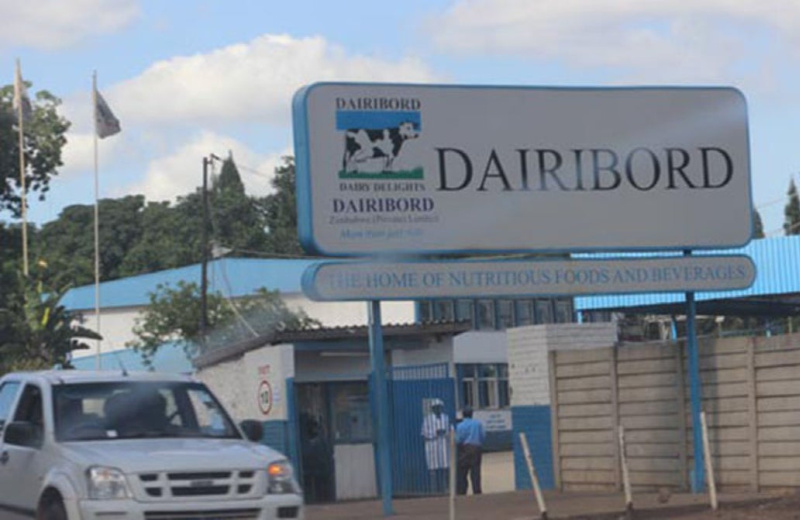Dairibord moves to reduce dependence on local market
FOOD and milk processor, Dairibord Holdings, is taking measures to reduce its dependence on the domestic market and expand exports to increase foreign currency inflows.
The company is working to leverage cost-efficient production methods and commercialise its toll manufacturing activities in South Africa to extend its reach.
These efforts align with the goals of the National Development Strategy 1, which aims to improve total exports by 10 percent annually, reaching US$14 billion by 2030. Despite facing challenges from cost increases and fluctuations in tax policies and exchange rates, Dairibord Holdings has successfully grown its exports by 59 percent, contributing nine percent to overall sales.
Dairibord Zimbabwe Limited
The company plans to continue prioritising export activities to optimise production capacity, bolster foreign currency inflows, and elevate brand recognition in the region.
In a statement accompanying the company’s financial report for the six months ending June 30, Dairibord Holdings chairman, Mr Josphat Sachikonye, highlighted the company’s strategic focus on exports.
He revealed that export volumes had grown by 59 percent compared to the same period last year, contributing nine percent to overall sales, up from the previous period’s six percent.
Mr Sachikonye said the introduction of a special surtax on added sugar in beverages, the standardisation of VAT on maheu and milk powders, and the reclassification of liquid milk resulted in significant cost pressures.
“These factors placed immense pressure on working capital and added to the financial burden on operations. However, cost containment measures employed in manufacturing successfully reduced the cost of sales by one percent from the previous year, despite volume and revenue growth,” said Mr Sachikonye.
Additionally, the depreciation of the local currency before the introduction of the Zimbabwe Gold (ZWG) led to foreign exchange losses amounting to US$3,3 million, compared to US$3,84 million in the previous year, further affecting the company’s bottom line. — -chroncile









